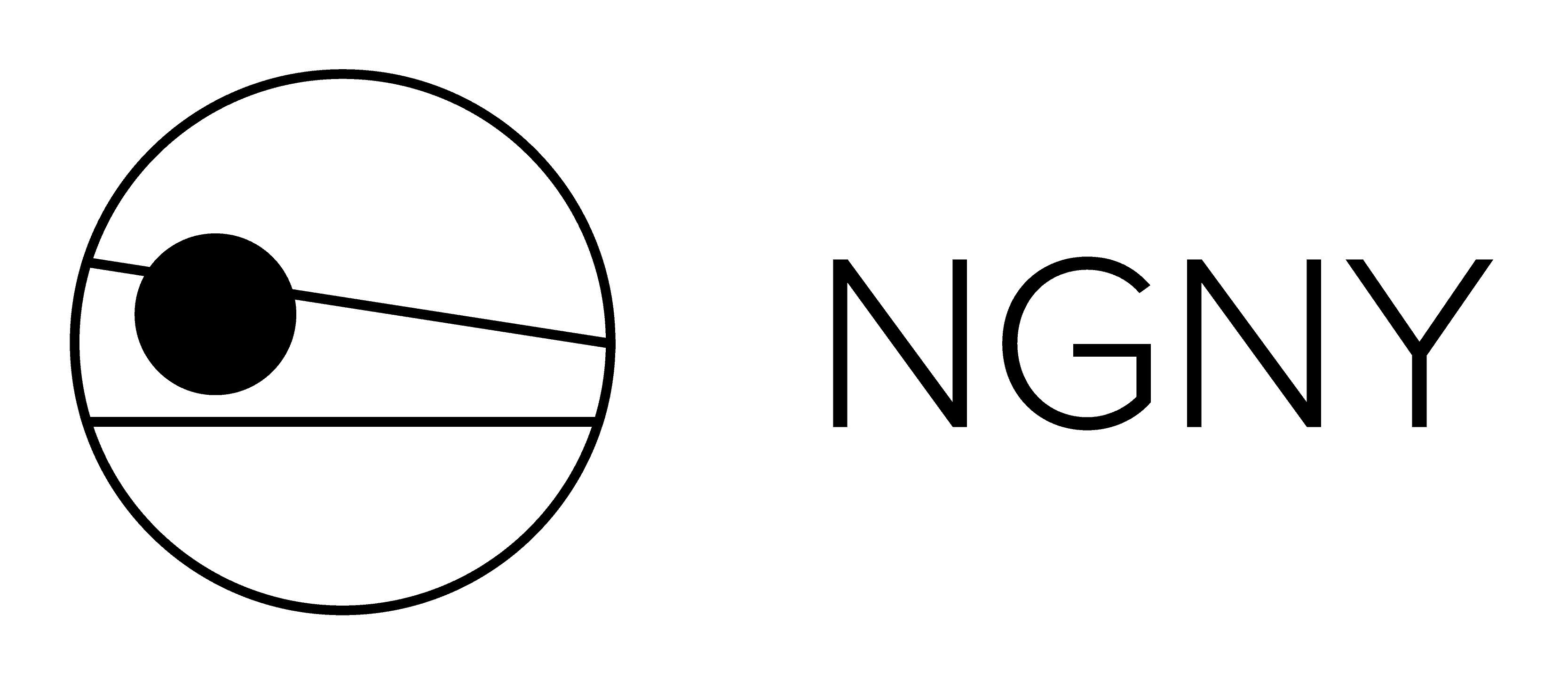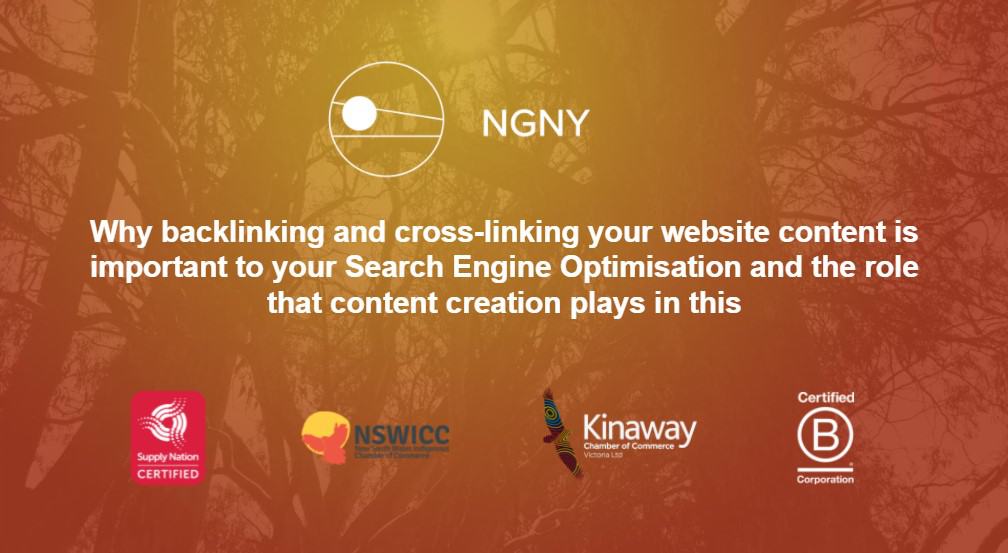In digital marketing, ranking well in search engines entails robust and strategic ways to improve your Search Engine Optimization (SEO). Content and links are the two cornerstones of SEO. Have you ever wondered about all those bold words sometimes in blue when reading web articles and they’re clickable? These are links or hyperlinks which are clickable objects embedded on a webpage that essentially leads you from one page to another. They may either appear as text, images or buttons, visible or hidden from website visitors. There is a classification of the links based on its destination whether it leads to another page in your website(internal links) or another website (external links). Internal links are links between the pages within your own website. Search engines determine this by looking at the domain name; if the links on a page link to other pages within the same domain, they are considered internal links. If for some reason, your website was built to have more than one domain, search engines will view this as an external link.
How do internal links boost your SEO rankings?
Internal linking is something you control as a site owner. With the right internal links, you’ll guide your visitors and Google to your most important pages. Every internal link belongs to one of the two big camps: navigational and contextual. Links within the header, footer, sidebar, and breadcrumbs are navigational. They help website visitors move around. Contextual links are placed within the body of a text. Such links redirect users to other related articles and help them better understand the topic.
Contextual links are the most efficient way of passing link juice. Thanks to the anchor text and the content around it, Google understands that the two linked pages share a common topic and, as a result, the link gets more value. If you can naturally insert a keyword into the text and use it as the anchor text of a link – go for it. Just don’t try to stuff a keyword where it doesn’t fit. Linking from a random part of the sentence is absolutely fine as long as it relates to the destination article. The anchor text helps users understand what extra info they can get by clicking the link.
Backlinks
Any link that is present on your website and goes to another website is an outbound, or external, link. Google and other major search engines consider backlinks “votes” for a specific page.Backlinks are still one of the core foundational elements to Google’s search algorithm. Pages with a high number of backlinks tend to have high organic search engine rankings. Backlinks are basically votes from other websites. Each of these votes tells search engines: “This content is valuable, credible and useful”. Even though Google has made thousands of changes to its algorithm since then, backlinks remain a key ranking signal. Google has confirmed that backlinks remain one of their three most important search engine ranking factors. So make sure that you are linking and citing relevant and authoritative sources in your content.
How external links boost your SEO?
There are two principles that make outbound links effective: first, the source has to be credible, and second, it has to be relevant to the content of the page you put the link in. With outbound links you also build credibility: for instance, if you make statements which involve statistics, website visitors might want to feel that this is information they can trust, check, and refer to. These are the main benefits of using backlinks the right way.
- Boost your reach and initiate link building relationships. When you link out to another website, it’s an opportunity to reach out to them and establish potential link building relationships. For example, if you’re writing a blog post on top productivity apps and include links to each of them, you can contact their sites’ owners or representatives and encourage them to include your article in their newsletters and social media.
- Add value to your website. Among other things, search engines consider what websites link to you and what sources you link out to. This is how search engines learn how authoritative your website is. And the more they trust your content, the more likely you are to rank well.
- Improve your rankings. While there’s no documented correlation between high rankings and external linking, the latter has always been included in the lists of top ranking factors. Reboot’s study conducted in 2016 and then again in 2020 confirmed that relevant outbound links to authoritative sources positively impact website’s rankings.
On a final note, Internal links and backlinks are important to strategically place your website in good SEO rankings.The key takeaway for the use of internal linking is to help crawlers and users gather content within your site. As for backlinking, it is essential to increase the authority and credibility of your content published on your website. Now that we’ve learned the importance of internal and back links, it is high time to take your SEO strategies by heart. Contact us at NGNY for more information.

